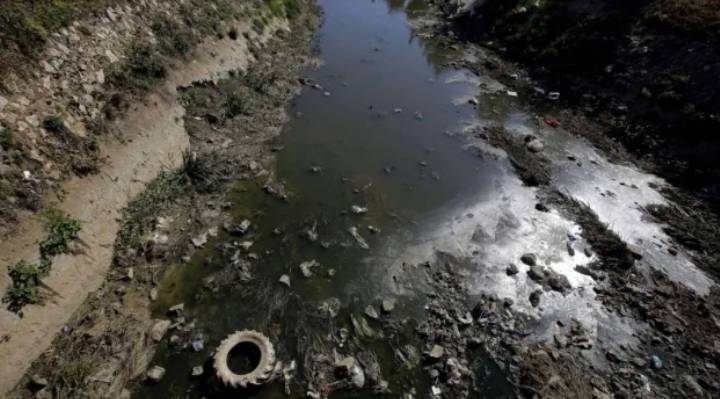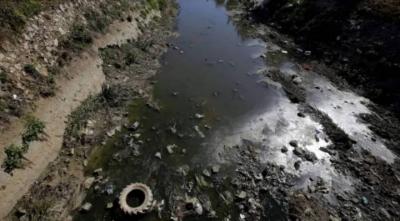The pollution crisis in Lebanon, particularly the crisis of water pollution, is increasingly becoming one of the most severe challenges facing the country. Lebanon, which enjoys higher rainfall compared to many other Middle Eastern countries, is seeing most of its water sources becoming contaminated and unfit for drinking and domestic use. Recently, a public health disaster erupted, especially in Tripoli, due to water pollution and the mixing of sewage with potable water, leading to a significant number of hepatitis A cases.
Several reasons contribute to the spread and aggravation of water pollution in Lebanon. Most rivers have turned into sewers, with Dr. Doumit Kamel, the head of the Global Environment Party and an international environmental advisor, attributing this to factors such as the dumping of solid waste and sewage into rivers, industrial waste, hazardous hospital waste, indiscriminate use of toxic agricultural pesticides, alongside the destruction of groundwater and over-extraction of freshwater, which leads to saltwater intrusion. According to Kamel, all springs and rivers at elevations above 500 meters are heavily contaminated by dangerous sewerage-derived materials. However, several high-altitude springs, such as "Al-Rouis, Afqa, and Al-Laqlooq," as well as the Ibrahim River and the Assi and Wazzani Rivers, remain pollution-free.
### The Litani River and Al-Qaroun Lake: Is Rescue Still Possible?
The Litani River and Al-Qaroun Lake are pivotal in the environmental pollution narrative in Lebanon. This river, which runs from north to south across the country, starting from Baalbek and draining into the Mediterranean Sea north of Tyre, is surrounded by hundreds of towns, villages, and agricultural lands, making it the longest river in the country. Unfortunately, both the river and the lake have become carriers of diseases and pollutants, threatening biodiversity in their extensive basins.
Environmental experts affirm that they have all the necessary solutions, starting with establishing a comprehensive water rescue plan for Lebanon as a whole and a comprehensive water strategy. They emphasize that it is possible to clean the water and restore it to its condition in the mid-20th century. Kamel pointed out that cleaning the Litani River and Al-Qaroun Lake is not impossible, even with the current record levels of pollution. Yet, he lamented that there is little hope for improving the water situation soon due to the complete absence of involved authorities and neglect of this critical issue.
### Diseases Resulting from Water Pollution
A study involving 14 rivers in Lebanon revealed that 70% of water samples from these rivers are bacterially unsuitable for irrigation. As a result, any crops irrigated with this water will become contaminated, with hepatitis A being one of the major pollutants closely linked to fecal contamination. The diseases emerging from water pollution range from acute and chronic to severe, caused by toxic materials that harm organs. These include skin diseases, digestive issues, eye and ear ailments, along with waterborne diseases such as viral hepatitis, severe pneumonia, typhoid, and skin conditions related to chemical-laden sewage that cause allergies and diseases like fungi and eczema, which leave long-lasting white spots on the skin. It's noteworthy that the digestive system is particularly affected when fecal matter and sewage pollutants are present on the beaches.
### Necessary Solutions
Kamel stressed the need for a scientifically sound water strategy addressing environmental conditions, including water and pollutants. Numerous wastewater treatment plants have been established in Lebanon since 1990, but unfortunately, most of them are out of service, with only a few operational today due to failure and negligence from authorities. Kamel argues that there is a need for scientific and technical management, activation of treatment plants, and re-establishing all existing treatment facilities, connecting them to a sewage network to remove toxic pollutants from nature, groundwater, and rivers, alongside securing funding for this essential step.
### Chlorination: A Catastrophe!
Kamel also raised alarms about the "incorrect chlorination" process in the presence of organic materials, stating that chlorination results in a chemical compound known as "trihalomethane," classified as the most dangerous chemical in the world, THM. Unfortunately, there is no oversight in Lebanon concerning PDS and pH levels or even the chlorine content in water. He warned that we are facing a catastrophe and called on the relevant authorities to act swiftly.




